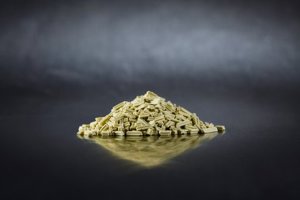Haldor Topsøe introduces catalyst in FCC gasoline post-treatment
With only two competing products on the global market, Haldor Topsøe’s HyOctane now gives refiners a wider range of options for their next catalyst replacement in their FCC gasoline post-treatment unit. The new catalyst series is industrially proven to provide ultra-low levels of sulfur, while keeping octane numbers high.
As sulfur regulations tighten, refiners find it difficult to meet specifications from their FCC gasoline post-treatment units. Particularly, the octane number suffers because of the necessary sulfur removal. Haldor Topsøe’s HyOctane catalyst series are developed to solve this problem and now challenges the existing FCC gasoline post-treatment catalyst series in the global market.
“We are happy to offer customers more choice. The three brand new HyOctane catalysts include solutions for all steps in the process and squeeze more value out of any FCC gasoline post-treatment unit. Independent testing has shown that HyOctane deliver high HDS activity and low octane losses that can compete with any other catalyst on the market today,” said Claus Brostrøm Nielsen, Product Manager, Haldor Topsøe.
Customers can use the HyOctane catalyst series to reach their specific goals in FCC gasoline post-treatment. The high activity allows for cycle lengths up to six months longer because the catalysts deliver sulfur removal at lower temperatures. Alternatively, refiners can utilize the high activity to increase throughput or process feed stocks containing more sulfur.







Comments